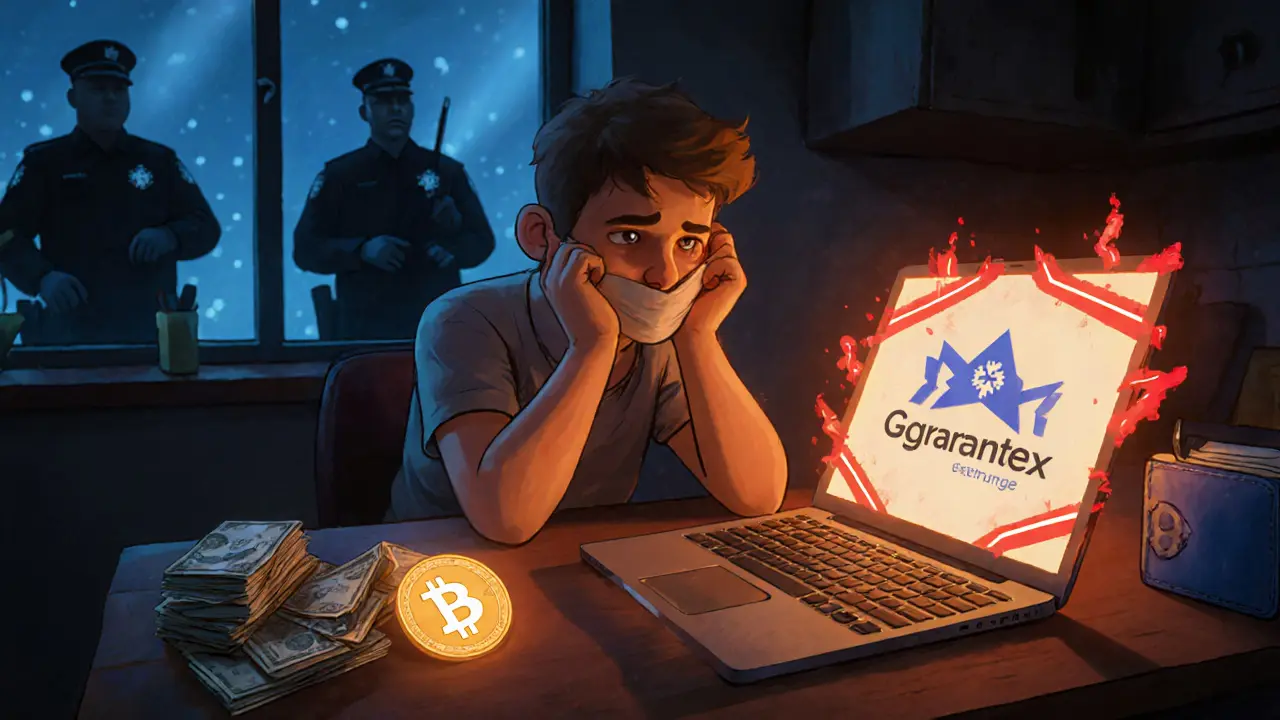Crypto Exchanges in Russia: What’s Working, What’s Blocked, and Where to Trade
When it comes to crypto exchanges Russia, platforms where users buy, sell, and trade digital assets within or targeting the Russian market. Also known as Russian crypto trading platforms, these services face intense pressure from government controls, international sanctions, and banking restrictions. Since 2022, most global exchanges like Coinbase and Binance have pulled out or restricted services to Russian users. But that didn’t stop trading—it just pushed it underground, into peer-to-peer networks, local platforms, and offshore services that still accept Russian rubles.
The Russian crypto regulation, the set of laws and restrictions imposed by the Central Bank of Russia and the government on cryptocurrency use and exchanges is messy. Officially, crypto isn’t legal tender, but it’s not illegal to hold either. The real problem? Banks block transfers to and from exchanges. So people use P2P marketplaces like LocalBitcoins or Paxful, or turn to platforms that operate outside Russia’s reach—often through VPNs and anonymous payment methods. Bitcoin Russia, the widespread use of Bitcoin as a store of value and cross-border payment tool among Russian citizens has grown sharply since the war in Ukraine, not because of government support, but because people needed a way to protect savings from inflation and currency controls.
What’s surprising is how many local exchanges still operate quietly. Some are based in Russia but use offshore infrastructure to avoid detection. Others are run by individuals who match buyers and sellers directly, accepting cash deposits, bank transfers, or even gift cards. The crypto sanctions Russia, the impact of Western financial restrictions on Russian access to global crypto infrastructure forced a shift: now, Russians rely more on non-Western platforms like Bybit (which still serves Russian users), OKX, and even Chinese or Middle Eastern services that don’t comply with EU or U.S. sanctions. But these come with risks—no customer support, no chargebacks, and no legal recourse if things go wrong.
You won’t find a list of "safe" Russian exchanges because none are truly safe under current conditions. What you will find are workarounds, community-driven solutions, and a growing number of users who treat crypto not as speculation, but as survival. The posts below dig into real platforms Russians are using—some banned, some obscure, some surprisingly functional. You’ll see reviews of exchanges that still work, breakdowns of how people bypass restrictions, and warnings about scams targeting those desperate to trade. This isn’t about glamour or profit. It’s about access, resilience, and the quiet way people adapt when the system shuts the door.
Crypto Exchanges to Avoid if You Are Russian: High-Risk Platforms and Legal Consequences
Russian citizens face serious legal risks using unlicensed crypto exchanges like Garantex, Exved, and Grinex. These platforms are sanctioned, linked to money laundering, and can lead to criminal charges. Learn which exchanges to avoid and what to do instead.
